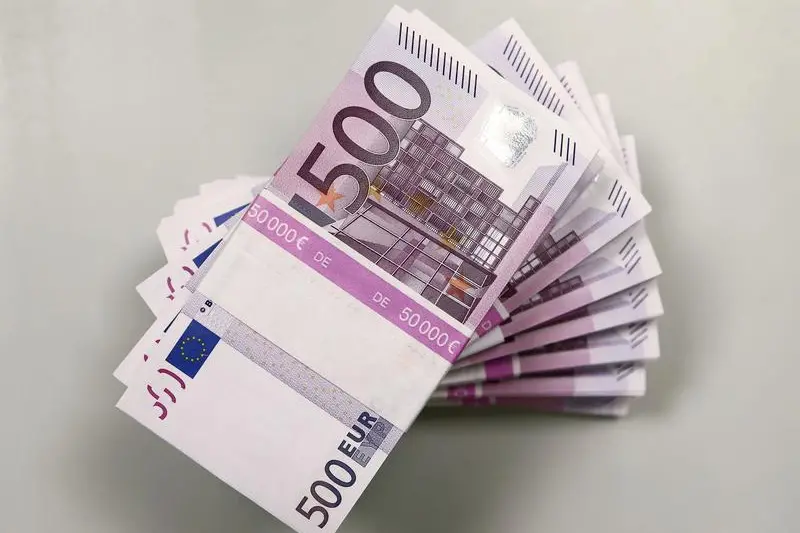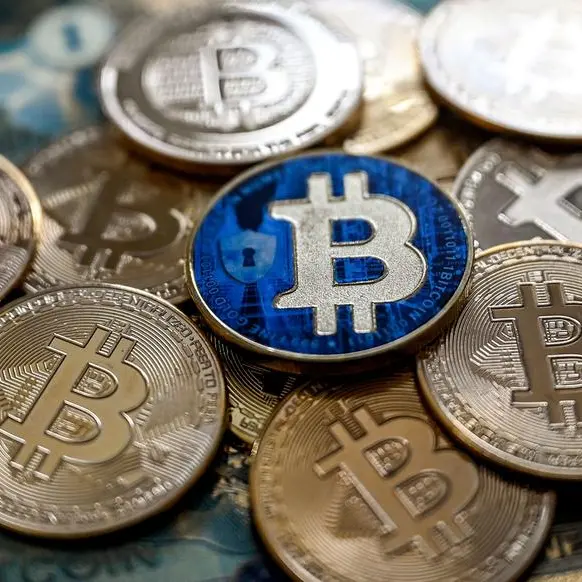PHOTO
Euro currency bills are pictured at the Croatian National Bank in Zagreb, Croatia, May 21, 2019. Antonio Bronic, Reuters Image used for illustrative purpose.
TOKYO/LONDON - The euro held steady near its highest in more than a year against the dollar on Thursday, after solid euro zone business activity data and ahead of euro zone wage numbers that will shape the path of interest rates for the European Central Bank.
The euro was flat at $1.1146, just shy of the $1.11735 reached on Wednesday, its firmest since July 2023.
It has been supported in recent weeks by weakness in the dollar as a dovish Federal Reserve and fresh signs of weakness in the U.S. job market back the case for interest rate cuts.
European developments will be in focus for the euro on Thursday. The common currency fell after a preliminary survey showed German business activity contracted in August for a second consecutive month and by more than expected, but rebounded after euro zone wide data showed surprising strength.
Up next is wage growth data for the currency bloc due at 0900 GMT which will guide expectations of upcoming European Central Bank policy, and hence the euro's direction.
"A material slowing in second quarter 2024 euro area negotiated wage growth will support a September rate cut," said Andrzej Szczepaniak, senior European economist at Nomura.
He said recent German and French data suggests wage growth will moderate to below 4% from 4.7% in the first quarter.
The pound was steady at $1.3095, having hit $1.31195, also a 13-month high, the previous session, and the dollar was 0.15% firmer on the yen at 145.46.
That left the dollar index, which measures the currency against the euro, sterling, yen as well as three other peers, up 0.1% at 101.22.
The index dipped to 100.92 on Wednesday for the first time this year, softening as markets become more confident the Federal Reserve is on track for rate cuts starting in September.
Traders now price in a 38% probability of a 50 basis point (bp) cut at the Fed's Sept. 17-18 meeting, up from 33% a day earlier, and are fully pricing a 25 bp reduction, according to the CME Group's FedWatch Tool.
The latest guidance for the Fed's path came from minutes of it July 30-31 gathering released on Wednesday, which showed officials strongly leaning toward an interest rate cut at September's meeting and that several would have been willing to reduce borrowing costs in July.
Also in the mix, U.S. employers added far fewer jobs than originally reported in the year through March, according to a Labor Department report released the same day.
Still to come in the U.S. are weekly jobless claims data due later on Thursday and a hotly anticipated speech by Fed Chair Jerome Powell at the central bank's annual Jackson Hole symposium on Friday.
Other central bankers, including Bank of England governor Andrew Bailey and ECB chief economist Philip Lane, will also speak at Jackson Hole, while Bank of Japan Governor Kazuo Ueda will testify on Friday in a special session of parliament that will scrutinise the BOJ's decision to unexpectedly raise rates at the end of last month.
The central bank chief's hawkish stance helped spur a rapid unwind of bearish yen positions and a violent sell-off in Japanese stocks. Just days later, influential Deputy Governor Shinichi Uchida injected some calm back to markets by saying policy wouldn't be tightened in periods of volatility.
"With the Nikkei having largely recovered losses, Ueda may comfortably maintain his stance that further rate hikes could still be needed if forecasts are attained, while underscoring that financial stability will be a factor in policy considerations too," DBS analysts wrote in a note.
Elsewhere, the Swiss franc was somewhat firmer, with the dollar down 0.16% at 0.8504 francs and the Australian dollar was flat at $0.6745.
(Reporting by Kevin Buckland in Tokyo and Alun John in London; Editing by Christian Schmollinger and Jacqueline Wong)





















